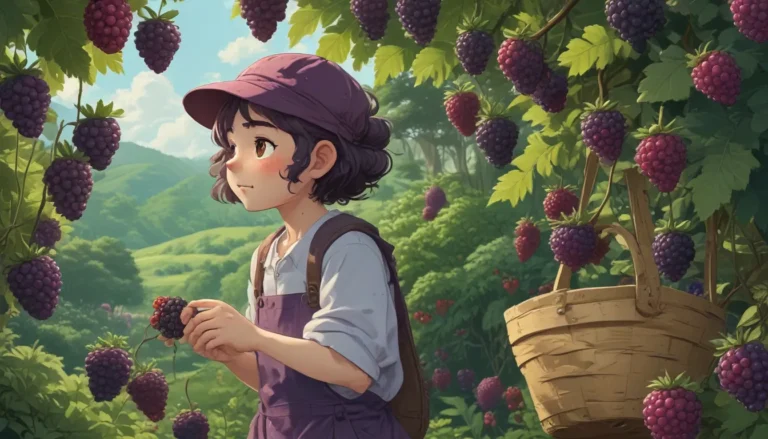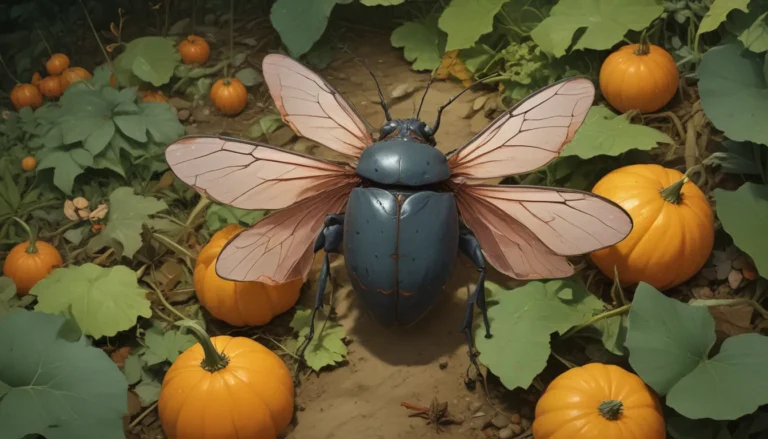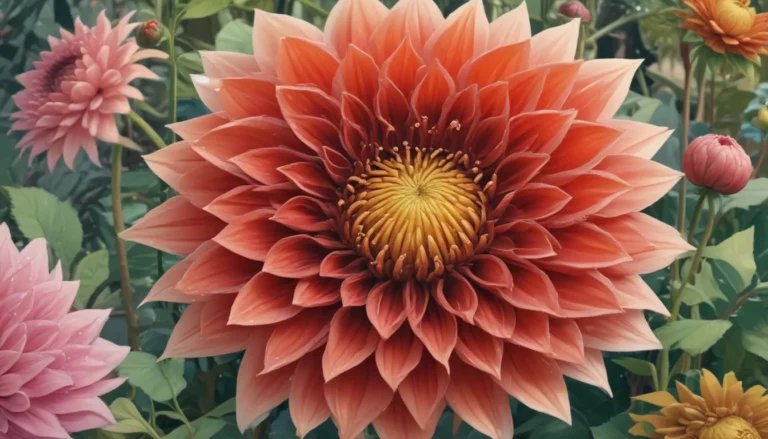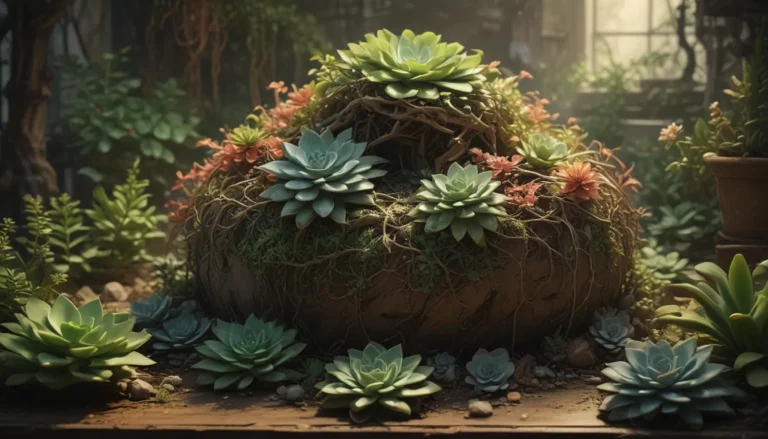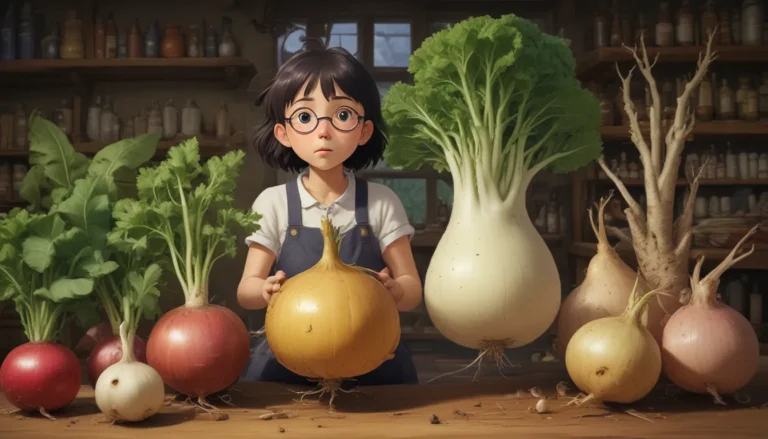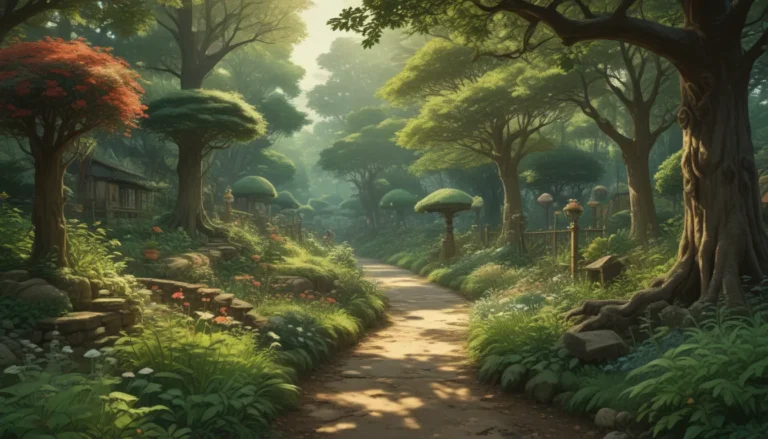Everything You Need to Know About Growing Nasturtium Flowers

Are you looking for an easy and vibrant addition to your garden? Look no further than nasturtium flowers! These bright and cheerful blooms are not only easy to grow but also offer a host of benefits for your garden. From attracting pollinators to repelling pests, nasturtiums are a versatile and attractive choice for any gardener.
In this comprehensive guide, we will cover everything you need to know to plant and grow these gorgeous flowers. From the history of nasturtiums to cultivation tips, pest management, and harvesting, we’ve got you covered. So let’s dive in and discover the wonders of nasturtium flowers together!
What Are Nasturtiums?
Nasturtiums, botanically known as Tropaeolum spp., are fast-growing herbaceous plants native to the Andes Mountains of Bolivia, Columbia, and Peru. These vibrant flowers feature trumpet-shaped blooms in an array of tropical shades, surrounded by round, jade-green leaves. Nasturtiums are commonly grown in home gardens and are popular for their easy cultivation and striking appearance.
Cultivation and History
The history of nasturtiums dates back to the 16th and 17th centuries when seeds of Tropaeolum minus were brought to Europe by the conquistadors. These plants quickly gained popularity for their culinary and ornamental uses. Over the years, different species of nasturtiums have been introduced, with T. majus, T. minus, T. peregrinum, and T. speciosum being among the most popular ornamentals.
Nasturtium Plant Propagation
Nasturtiums can be propagated from seeds or stem cuttings. When starting from seed, it’s essential to nick the thick seed coat to aid germination. Direct sowing is the preferred method, but seeds can also be started indoors. Stem cuttings can be taken in spring and rooted in a light potting mix to develop new plants.
How to Grow Nasturtium Flowers
Growing nasturtiums is relatively simple, requiring full sun and well-draining, poor soil. These plants thrive in neutral soil with minimal fertilizer requirements. Regular watering and mulching are recommended, and established plants can tolerate periods of drought and high temperatures. For container-grown nasturtiums, a balanced or low-nitrogen fertilizer can be applied in late spring.
Growing Tips
- Use biodegradable pots for seed starting to prevent root shock.
- Nasturtiums prefer poor soil and minimal fertilization.
- Provide vertical support for climbing varieties.
- For abundant foliage, plant in partial shade.
Pruning and Maintenance
Regular grooming and deadheading can help promote new flower growth in nasturtiums. Pruning back lanky stems can also encourage new growth and ensure a tidy appearance. Climbing varieties may require support, such as trellises or netting. Container-grown plants benefit from occasional trimming to maintain shape and flower production.
Nasturtium Cultivars to Select
There are several cultivars of nasturtiums available for home gardeners, each offering unique flower colors and habits. Popular options include ‘Alaska,’ ‘Empress of India,’ ‘Jewel,’ ‘Moonlight,’ and ‘Spitfire.’ These varieties come in a range of colors and growth habits, making them suitable for various garden settings.
Managing Pests and Disease
While nasturtiums are relatively disease-free, they may be susceptible to pests such as aphids, cabbage loopers, leafhoppers, and leafminers. Proper pest control measures, including handpicking and the use of insecticidal soap, can help manage infestations. Common diseases such as aster yellows, clubroot, mosaic virus, and wilt may also affect nasturtiums. Identifying and promptly addressing these issues is essential to maintain plant health.
Harvesting Nasturtium Flowers
Nasturtium flowers and leaves can be harvested throughout the growing season for culinary use. Flowers can be used as a garnish, added to salads, or pickled for a tangy treat. Harvesting seed pods while green and tender allows for pickling and culinary experimentation.
Preserving
Preserving nasturtium pods by pickling them is a simple and delicious way to enjoy these edible delights. By following a straightforward pickling process, you can savor the unique flavor of nasturtium pods for months to come.
Recipes and Cooking Ideas
Nasturtium flowers and leaves offer a peppery and tangy flavor that can enhance a variety of dishes. From stuffing flowers with cream cheese to adding leaves and flowers to salads and stir-fries, there are countless ways to incorporate nasturtiums into your culinary creations. Experiment with different dishes to explore the versatility of these edible blooms.
Best Ornamental Uses for Nasturtiums
Nasturtiums can be utilized in various ornamental settings, including climbing arbors, trailing from hanging baskets, and filling borders and containers. Their vibrant colors and fast growth make them ideal for adding vertical interest and splashes of color to garden spaces. Nasturtiums also serve as companion plants, attracting beneficial insects and deterring pests from neighboring crops. Their versatility and ease of care make them a popular choice for children’s gardens and beginner gardeners alike.
Conclusion
Nasturtium flowers are a delightful addition to any garden, offering beauty, culinary versatility, and beneficial properties. By following the cultivation tips provided in this guide, you can enjoy a summer-long display of vibrant blooms and lush foliage. Whether used as ornamental accents, pest repellents, or edible treats, nasturtiums are sure to bring joy and color to your outdoor space. Experiment with different cultivars, recipes, and companion plantings to discover the full potential of these charming flowers. Happy gardening!
